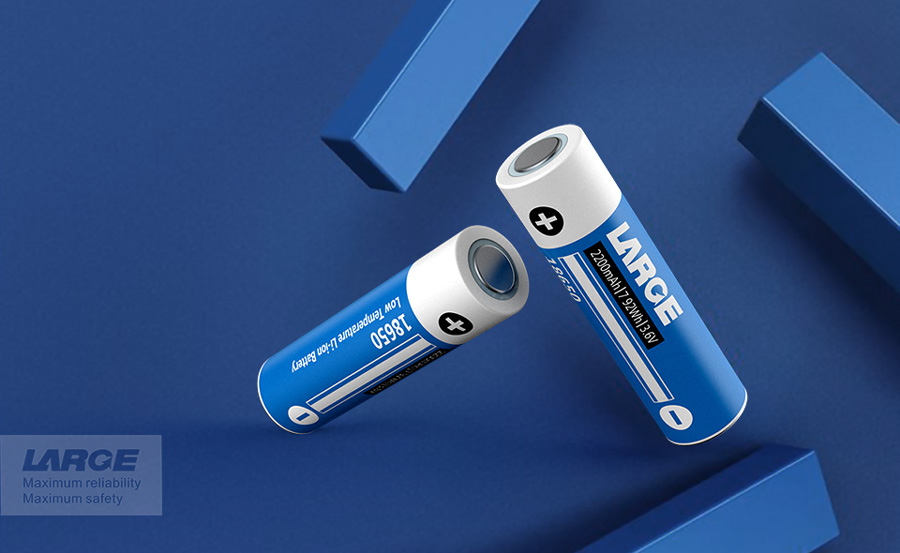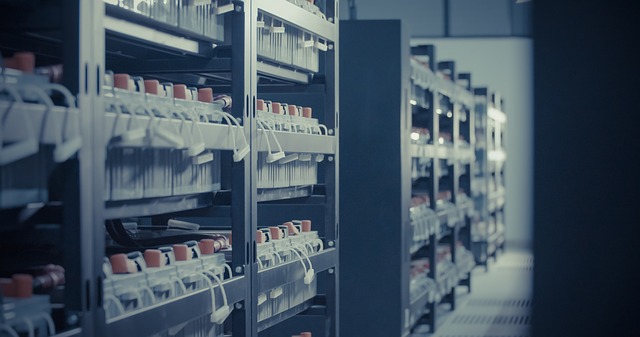Solar Powered Li Ion Battery Charger
Oct 31, 2019 Pageview:931
Those interested in the environment tend to favor the use of renewable energy. The sun is a source of a maximum power of around 1,000 watts per square meter (which is around 93W per square foot) and then a solar panel usually converts this stored power into about 130W per square meter (which is about 12W / square foot). This energy harvest is obtainable on a clear day when the solar panel is facing the sun at peak intensity. There may however be a reduction in the efficiency of the solar panels due to high heat.
The production of electricity with the help of sunlight dates back to 1839 when Becquerel Edmond (1820-1891) discovered the photovoltaic effect for the first time. Another century however passed before researchers understood the process at an atomic level, which functions similarly to a solid-state device in which n-type and p-type silicon are interconnected.
Can you charge a li-ion battery with a solar panel?
Yes, you can charge your lithium-ion battery with a solar panel, but you may want to read the article below before you go ahead to do so.
Without a charge controller, the solar charging system isn’t complete. This charge controller draws its energy from solar panels or the wind turbine and then converts the voltage to match the charge of the battery that is being charged. The supply voltage for a group of 12V batteries (or battery bank) is around 16 V. This may allow the charging of lead-acid at about 14.40V (6 x 2.40 V/cell) or charge lithium-ion batteries at 12.60 V (that is 3 x 4.20 V / cell charge). It is important to note that 2.40V per cell for lead-acid and 4.20V per lithium-ion cell is the full charge voltage thresholds for these batteries.
There are also some Lithium-ion battery charge controllers available to charge 10.8V packages (that is 3 cells in series). When you are going to buy a charge controller, it is very important that you note the voltage requirements.
The standard nominal voltage for the family of lithium-ion batteries is 3.6 V/cell; while lithium iron phosphate batteries are 3.20 V per cell. But you must connect only the appropriate batteries for which the charge controller you are using is designed. Ensure that you do not connect a Lithium-ion battery to a charge controller meant for lead-acid batteries, and vice versa. Doing this could bring about a compromise to the safety and longevity of either battery because the charging algorithms and the voltage settings of these batteries are very different.
The commercial photovoltaic systems are about 10% to 20% efficient. Of these, flexible panels represent only 10% and solid panels have an efficiency of about 20%. The multicellular technologies are currently being tested, they are believed to achieve an efficiency of at least 40% (or even more).
Can solar panels directly be connected to li-ion batteries?
You may be able to connect your solar panel directly to your lithium-ion battery, but this requires high technical skills as well as expensive tools which may be beyond reach.
Solar charging systems are not complete if they do not have their charge controllers. It is the charge controller that collects the sunlight and converts it to electrical energy that is stored by the batteries, which are in turn used by your electronic devices. The energy collected is first converted into a voltage suitable for the battery you’re charging, and then the energy is stored in the battery for use at the desired time.
How to charge a lithium-ion battery with a solar charging system?
First, you need a solar panel to trap energy from the sun. The solar panel uses what is known as the photoelectric effect. This photoelectric effect is used to convert solar energy into electricity. The electricity is generated at a characteristic voltage of the panel and then transmitted as direct current to a group of batteries or a battery bank where the current charges the batteries. From these batteries, you need it to be converted to a household alternating current before it is useful, and this is just what the inverter does. But this is not all you need, there is another system required by the solar system to function fully, and that is the charge controller. This is between the batteries and the panel, and it majorly prevents the batteries from overcharging.
1st Step
If you have more than one solar bank panel, connect them. These are mostly wired in parallel so that the voltage of each panel can be maintained. However, it is also possible to connect a set of these in series to increase or adjust the voltage, if necessary, to what is required of the battery bank. You must ensure the output voltage of the panels must be equal to the voltage of your battery bank.
2nd step
Connect the panel cables (outgoing from a panel) to a charge controller. Calculate the required cable size based on the output current and the required cable length needed. Note that the charge controller must be near the batteries. DC cables with a thickness of 16 to 10 mm are most suitable for this.
3rd Step
Use the battery cables to connect the batteries in the battery bank in series and parallel to optimize the bank capacity and also maintain the same voltage with the panels. To connect two batteries in series, simply connect the positive terminal of one of the batteries to the negative terminal of the other, in other to double the combined voltage. To connect them in parallel, connect their positive and negative terminals to double the capacity but also maintain the voltage.
4th Step
Connect your charge controller to the battery pack using the battery cables. A good charge controller has to calculate the average voltage fluctuations of the panels and provides a constant charging voltage to the batteries. It protects your batteries from overcharging, and also protects your panels from current backflow, coming from your battery.
5th Step
Connect your battery bank to the input terminals of your inverter and then connect the inverter to your Home Panel. The inverter converts the DC coming from the battery to a 110 AC which is useable in the home. From here, you can charge whatever you want to charge, and use your electrical appliances at the same time.
- Prev Article: Lithium Ion Battery Price Forecast
- Next Article: Li-ion Battery for Solar Energy Storage
Leave Message
Hottest Categories
-
Hottest Industry News
-
Latest Industry News











